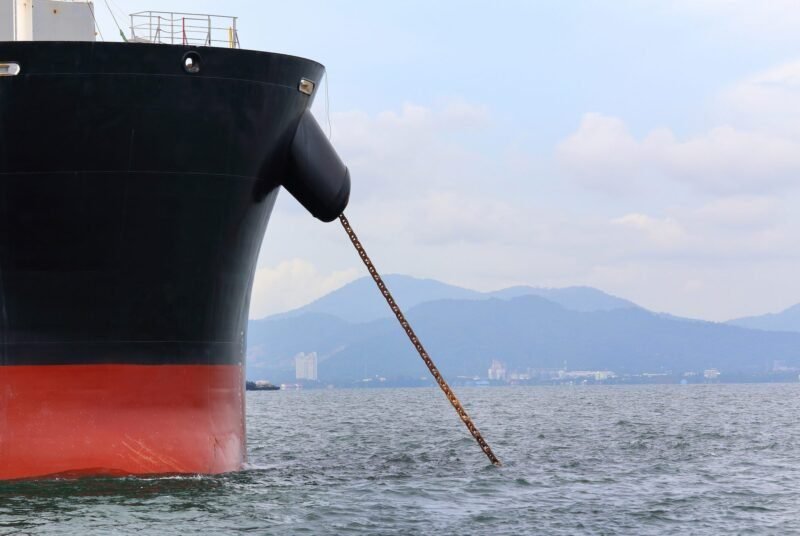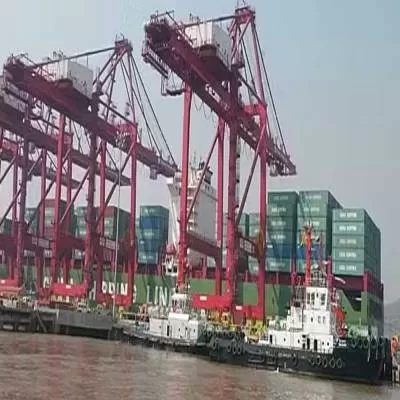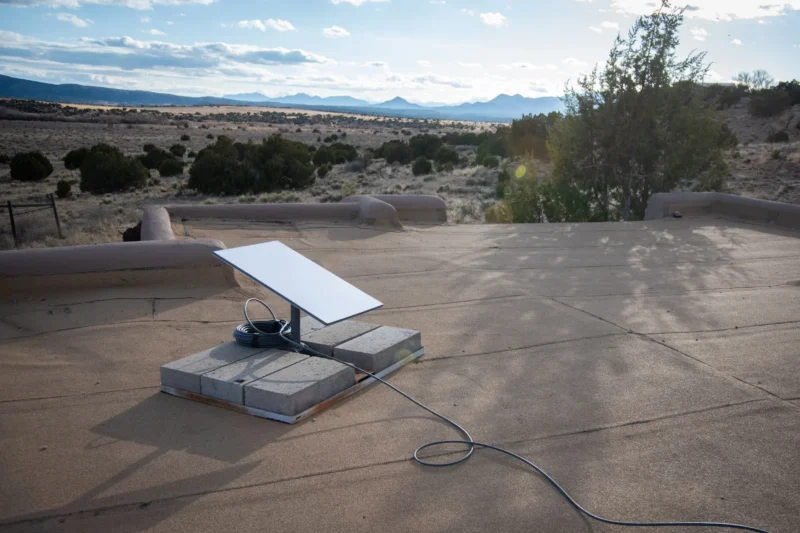A startup founded by California Institute of Technology (Caltech) and University of Southern California (USC) researchers has developed a novel reactor that can convert carbon dioxide (CO2) into harmless salt. The primary goal of this reactor is to provide the international shipping industry with a safe, efficient, and cost-effective carbon capture solution. By transforming emissions into salts capable of storing CO2 for up to 100,000 years, the technology aims to support the International Maritime Organization (IMO) and help the shipping sector achieve its 2050 net-zero emissions target.
The innovative reactor, designed by the spinoff startup Calcarea, accelerates a natural process that occurs in the oceans over thousands of years. By directing ship exhaust fumes into the reactor, where they mix with seawater and limestone, the CO2 is converted into bicarbonate salts that effectively trap the emissions. This rapid reaction, which mimics the ocean’s carbon storage mechanism, can capture approximately half of a ship’s CO2 emissions and release the resulting saline water back into the ocean without harming marine life or the chemical balance of seawater.
Calcarea’s pioneering technology has already been tested through the construction of prototype reactors at the USC parking lot and the Port of Los Angeles. The company has partnered with international shipping firm Lomar to explore the installation of a full-scale reactor prototype on a ship. By potentially enabling purpose-built ships to efficiently store carbon in the ocean as bicarbonate, Calcarea’s innovative approach could revolutionize the decarbonization of the shipping industry and offer a competitive alternative to underground CO2 storage methods.


















